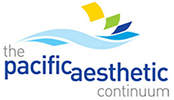
Gary Vaughn, CDT, CTO
However elementary it may seem, adherence to a manufacturer’s instructions on the recommended fabrication procedure is a critical component to the success and longevity of any dental restoration. Most of the materials used in the laboratory do have some latitude or “forgiveness factor” nevertheless, when the envelope is pushed, the laboratory and the clinician walk a fine line between success and failure if correct steps are not followed.
Case in point…Ivoclar clearly defines the parameters of a properly prepped tooth being restored using an IPS emax press or IPS e.max restoration. These parameters, when followed, culminate in a predictable, successful result. For whatever reason, we find in the laboratory that occasionally the clinical protocol isn’t followed completely. Contrary to what you may be thinking, the potential problem areas we face in the laboratory are not always inadequate occlusal clearance or even facial/buccal reduction. Although those challenges still exist, the one variable that often times goes unnoticed is sufficient lingual reduction on posteriors, particularly molars. The result is rarely catastrophic at seat time, however, the potential of failure is heightened. It may not even result in failure of the material, but given the fact the laboratory needs a minimal thickness just to have a successful pressing of the unit, the restoration may end up over-contoured. This bulkiness on the lingual aspect will usually result in discomfort and complaints from the patient. Ivoclar recommends a 0.7 to 1 mm reduction around the entire surface of the tooth, (including the lingual wall) and a chamfer margin. This allows for adequate thickness of material and a clean, positive seat of the crown. Other potential problem areas are typically found where the axial walls meet the occlusal portion of the prep. Occasionally, sharp points are left at these junctions creating a possible fracture line in the Lithium Disilicate material. This is easily remedied with a 10-15 second dusting of these areas with a sandpaper disc. This will smooth out the questionable spots, eliminating the risk of fracture and facilitate an easier seating of the crown. Our goal at the laboratory is to minimize or eliminate adjustment time in the operatory. We produce and deliver over 1000 posterior restorations a month to happy clients. 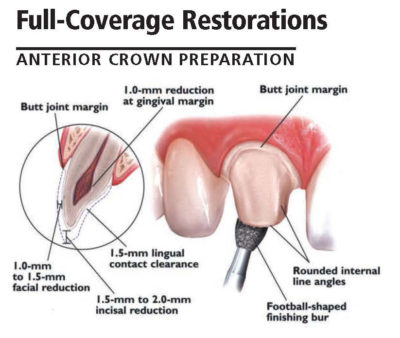
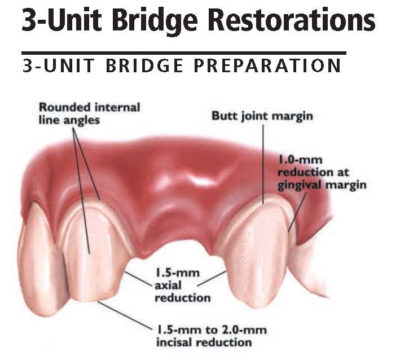
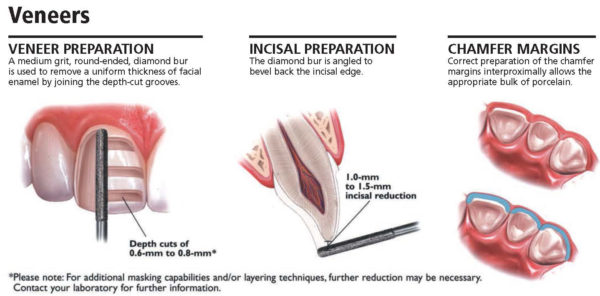
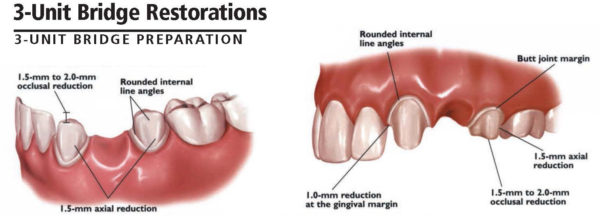

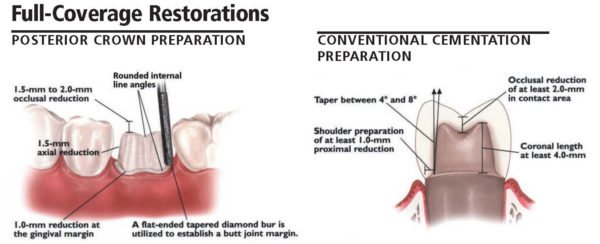
If you have questions about my article or if you would like to send a case, please contact the Pacific Aesthetic Laboratory Group at www.pacificaestheticdentalstudio.com, Gary Vaughn, CDT, CTO (916) 786-6740, or via email [email protected].
Images from Ivoclar Chairside Preparation Guide
